Sip the rare fruit of Grk wine while whizzing in and out of maze-like vineyards during a bike ride through the Lumbarda vineyards.
The island of Korcula is home to one of the rarest wines in Croatia, heck the world. Many spend their time on Korcula within the walled city, but don’t venture beyond to the islands three main wine towns of Lumbarda, Smokvica, and Čara. Huge mistake, but this works in our favor since this rare wine is made in such small quantities, it’s depleted by the end of each season. The rules are first-come, first-serve. Of all the things to do on Korcula, I wanted to bike the Lumbarda vineyards. Following an amazing lunch at our stay at Tara’s Lodge and a quick dip in the sea, we took out the rental bikes available at the property, and started to cycle our way down to Lumbarda.
Harvest takes place on Korcula from late August into September. Grapes are handpicked by extended families of the winery, local friends, and even visitors of the island. We were there end of September with the hopes of still finding a bottle of that rare wine. We took the road from Zrnovska Banja towards the old town of Korcula. The ride to and from Lumbarda is very hilly, which we did not expect. Pat did the whole thing with our multi-purpose activity backpack full of water!! I felt so bad. But be prepared that if you are not experienced cyclist, you’ll either want an electric bike or a taxi to take you there. Once you reach the Korcula old town intersection, fork right and go downhill toward Lumbarda. You will pass by a number of small towns, bays, schools, and restaurants along the way before reaching Lumbarda. It will take you about 40 minutes to get there, if you’re fit and experienced.
Before arriving in Lumbarda, you have the opportunity to pull your bike over and stop by St. Anthony’s Hill. It’s a protected area with 102 steps that lead up to the top of a hill where you’l find a 14th century chapel with views of the island and its surroundings. The walk up the 102 step is stunning and lined with cypress trees planted in 1708. It’s an arduous task, but worth the effort if you’re up for it.
When Pat and I finally arrived to Lumbarda–sweating, panting, and thirsty–the road flattened and I took a moment to collect myself and take in my surroundings. From this point on, biking became much easier. All of the winery buildings were clustered on the sides of the now narrowing peninsula. The red roofs and white lined houses gave them that Mediterranean feel. Before me, sandwiched in the center of the cluster of buildings both to my right and my left, were grapevines in every direction. They formed an endless ocean of identical rows, fading towards the Adriatic sea. I couldn’t see where the vines stopped, the repeated endlessly I almost felt like I was in a maze.
Of all the things to do in Korcula, Grk wine is worth a try, if only because the wine made here is sold or made nowhere else. Grk wine, pronounced Gerk, is considered an ‘almost endangered’ vine and grape by the State Institute for Nature Protection. It’s name literally translates to Greek (and yes the Greeks brought it here way back when), but it probably derives from the word bitter since the wine has a refreshing yet bitter twist. During your winery tour of Lumbarda by bike, there are a select number of Grk producers you should visit. During your winery tour, I recommend you consider:
Posip is the other famous Croatian wine and the first to be protected under Croatian law. To be honest, I loved all three, but there was something about the Posip that really stuck with me. I am not a huge drinker of white wine, but Posip was one of those wines I could drink all day long because of its crisp acidity and dryness. Posip can be found in the other two wine regions on Korcula, Cara and Smokvica.
After biking by some wineries we decided to hit up a local beach. There are a few in the area of Lumbarda, but the majority are rocky on the northern shore and sandy on the southern shore. The two sandy beaches on the southern shore are Przina or Bilin Zil. We visited Lenga beach only accessible by foot and mainly frequented by locals since it’s lesser known. We dropped our bikes off in the middle of the path and walked down the wooded path to a picturesque and volcanic like spot with views of the mountain and archipelago in front of us. I was a bit confused as to how locals would go for a dip here given its never ending rocky terrain, but nonetheless it was a unique swim spot.
If I had to choose a place to stay based on beaches and swimming, I wouldn’t say Lumbarda was my favorite place. It has sandy beaches, but they didn’t speak to me as much as the coves and beaches out west did. I loved the bays and coves a lot more going west towards Racisce, of course my stay at Tara’s Lodge at Zrnovska Banja, or the number of southern coves and beaches like Pavja Luka and Bratinja beach.
As we looped around the Lumbarda region bike trails, we passed by several old churches until we approached the old town of Lumbarda. The walled city stood dramatically in front of a towering mountain as a back drop. Lumbarda was settled by the Greeks, in fact to this day artifacts are still being excavated in the area. The town itself is worth a stroll if you have time. Its location was a common idolized topic among shipbuilders so much that many settled here in the 16th century and built summer houses called kastels, which are still maintained till this day. Lumbarda is a great place to visit in the summer as well with its numerous festivals such as donkey racing or fishermen evenings held every Friday night where you can try freshly caught grilled seafood and fish with music and folk concerts.
While the vineyards dominate the east, olive groves dominate the west, particularly the Vela Luka area. Among other things to do in Korcula a stop before you bike the Lumbarda vineyards, or on your way back to Tara’s Lodge, is to visit Eko Skoj, an artisan olive oil producer located near Zrnovska Banja. Olive oil in Korcula recently received EU Protected Designation of Origin. Some trees are even as old as 200 years!
What makes Korculan olive oil so special is its blend of bitter Lastovka olives with smoother Drobica or Oblica olives. Drobnica and Lastovka are considered to be the best olives rich in polyphenols, which makes the oil incredibly health. Eko Skoj’s tasting room offers local olive oil tastings among other homemade products like jams, vinegar, and liqueurs. Olive oil in Korcula is typically harvested from late October to mid-November and is another opportunity for tourists to join in on the harvest and production.
Satiated from the winery tour, we made the arduous uphill journey back to Tara’s Lodge, which was instantly followed by a refreshing dip in Zrnovska Banja as we watched the sunset before getting dressed and ready for dinner.
>> Next: Where to Eat on Korcula: Mimi’s Bistro
Follow SVADORE on:
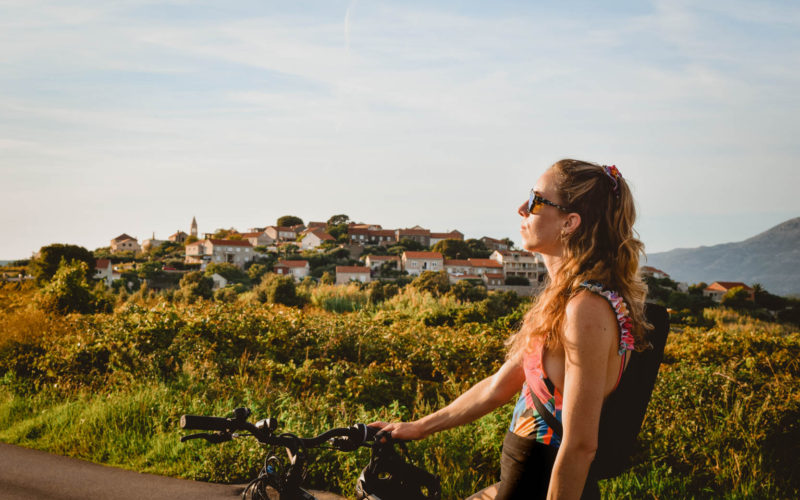
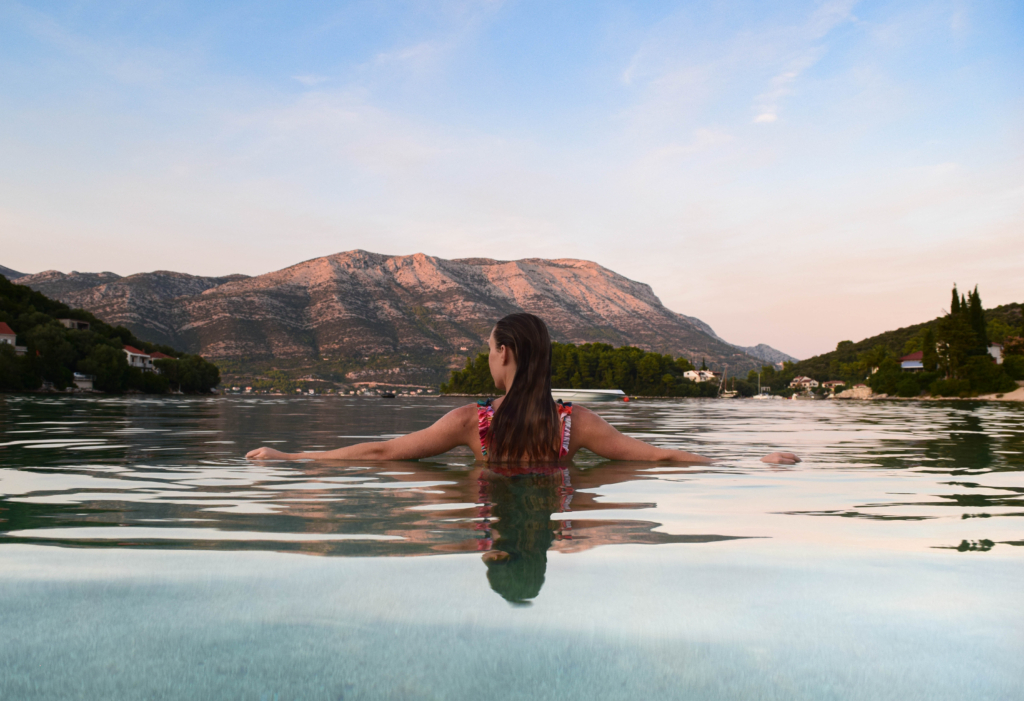
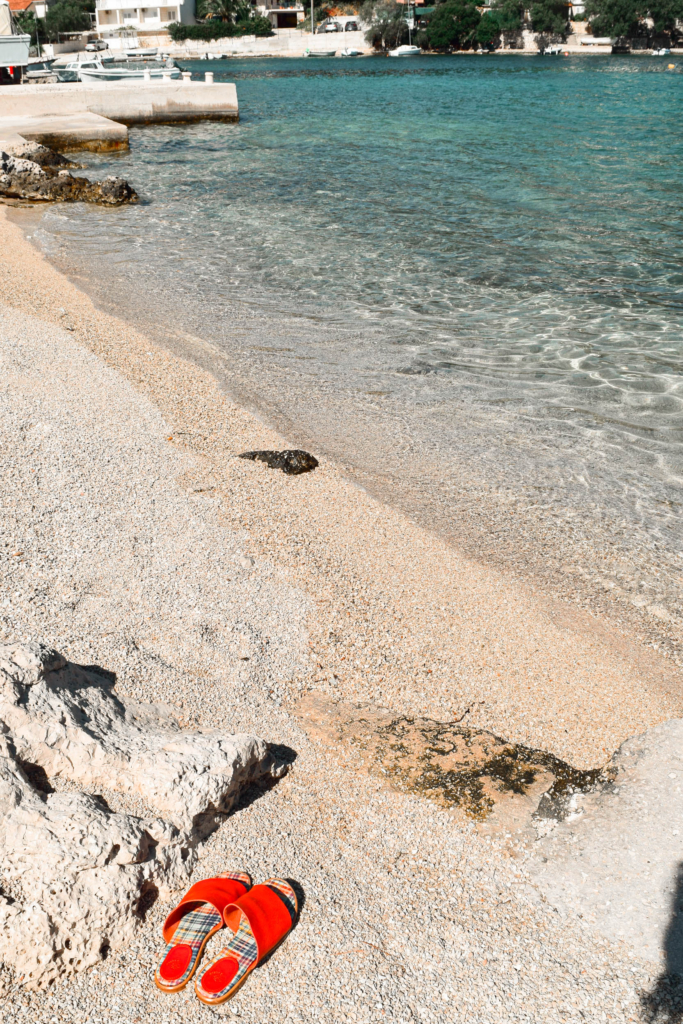
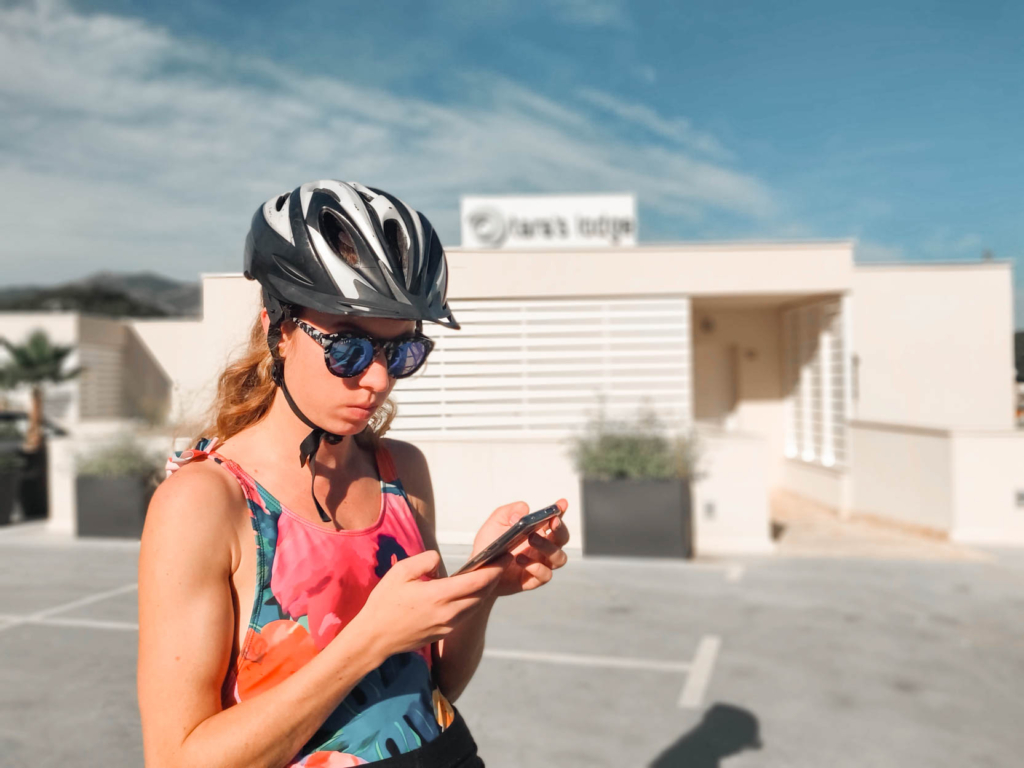
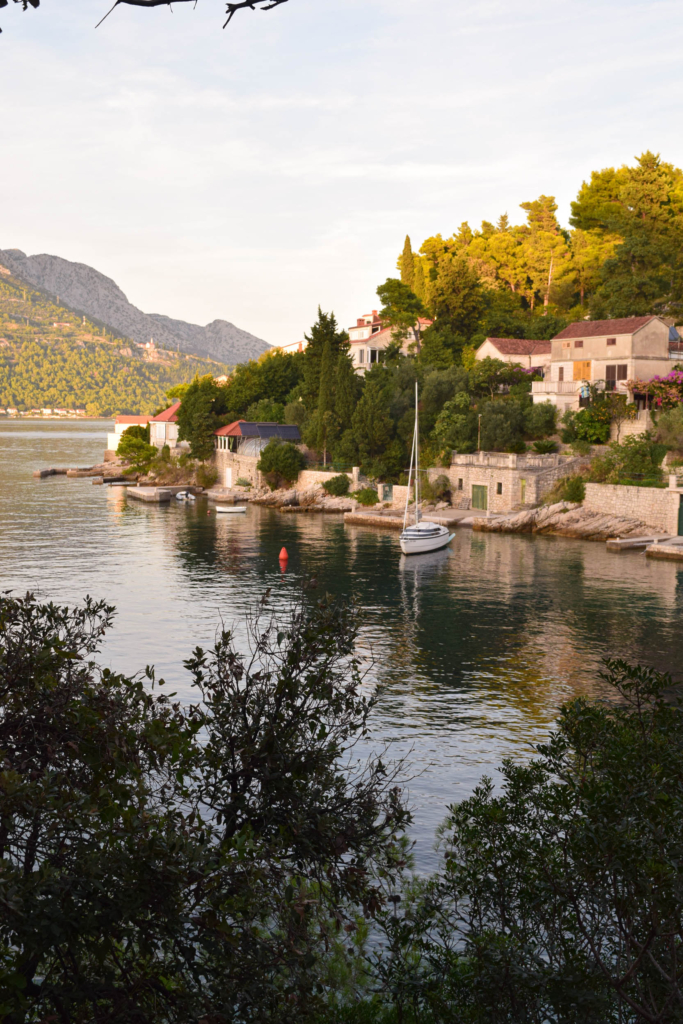
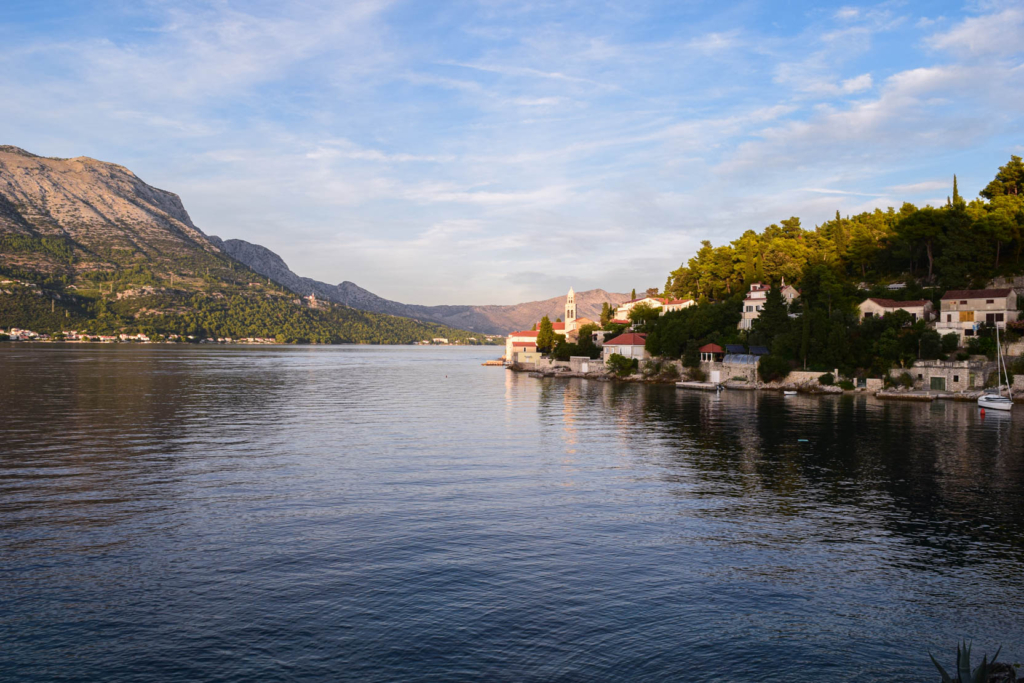
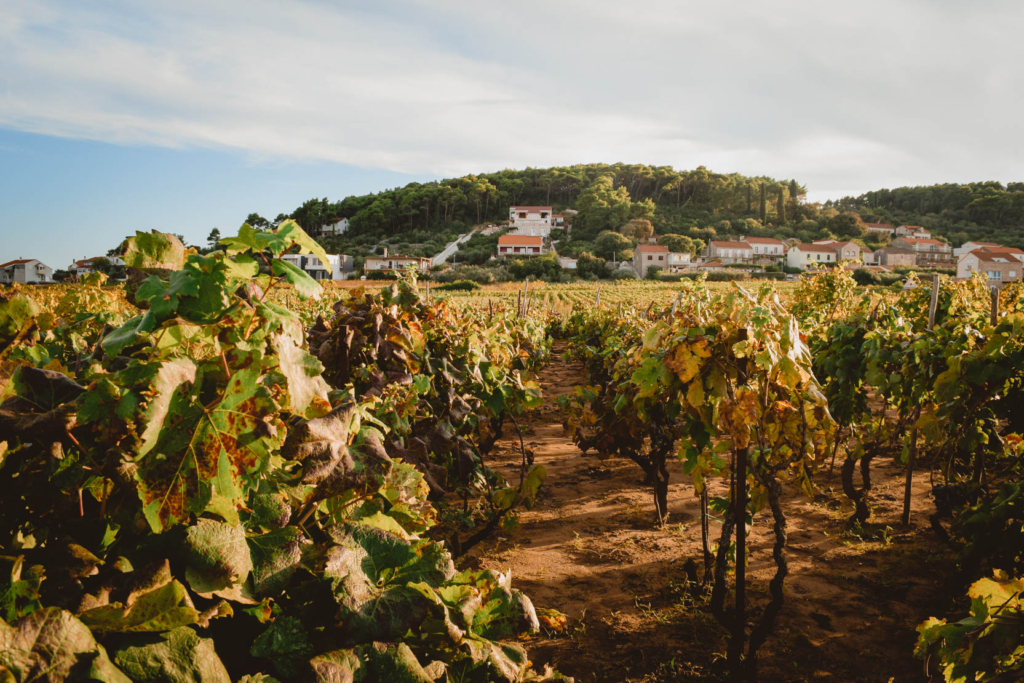
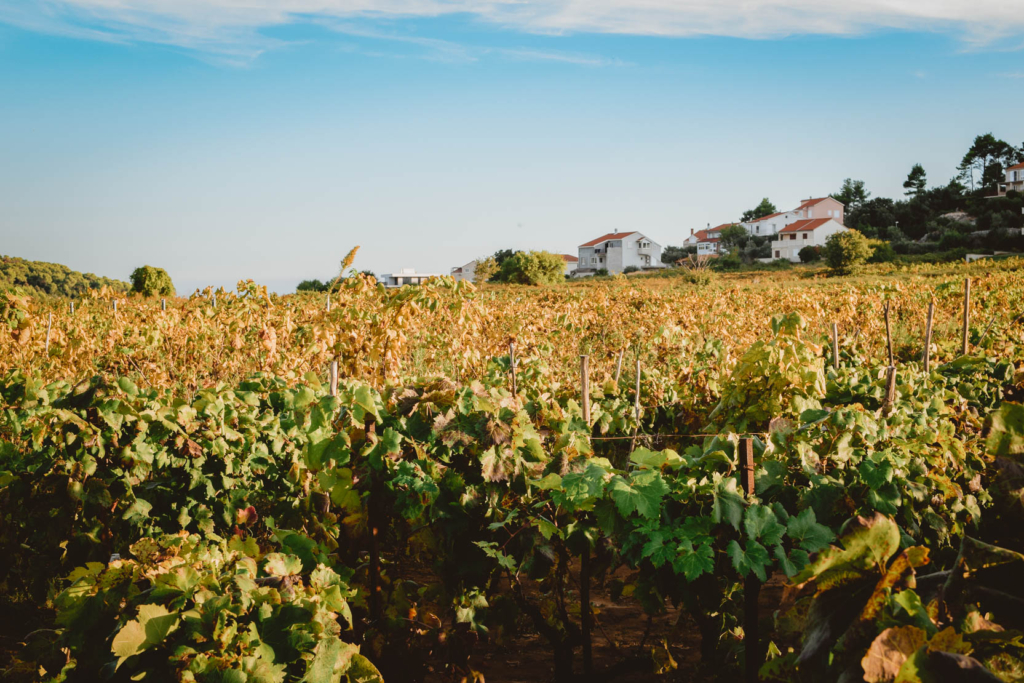
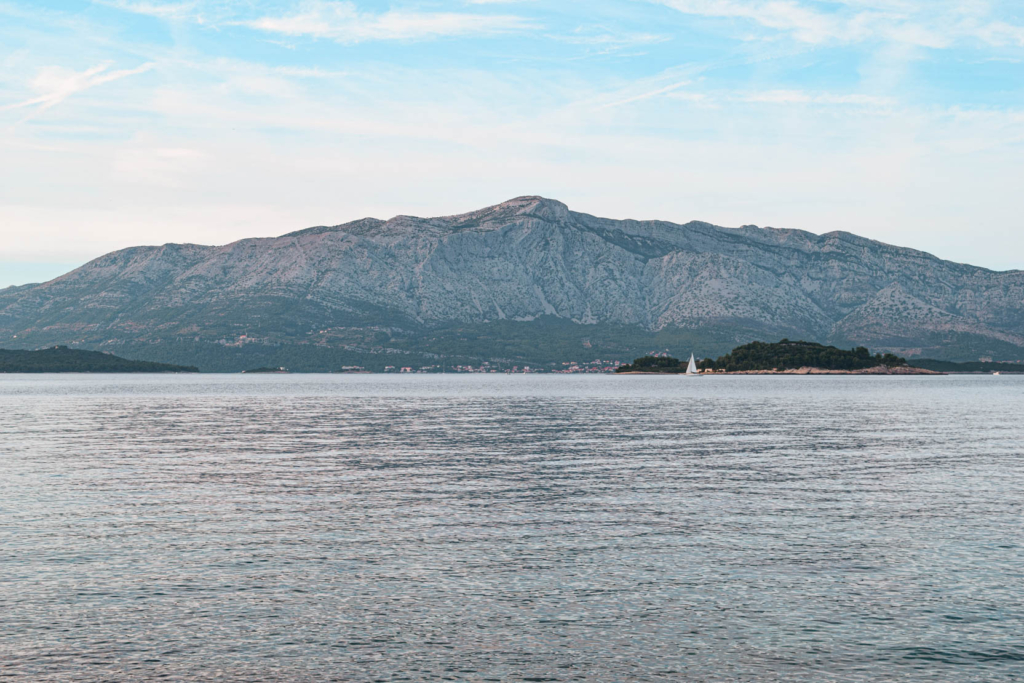
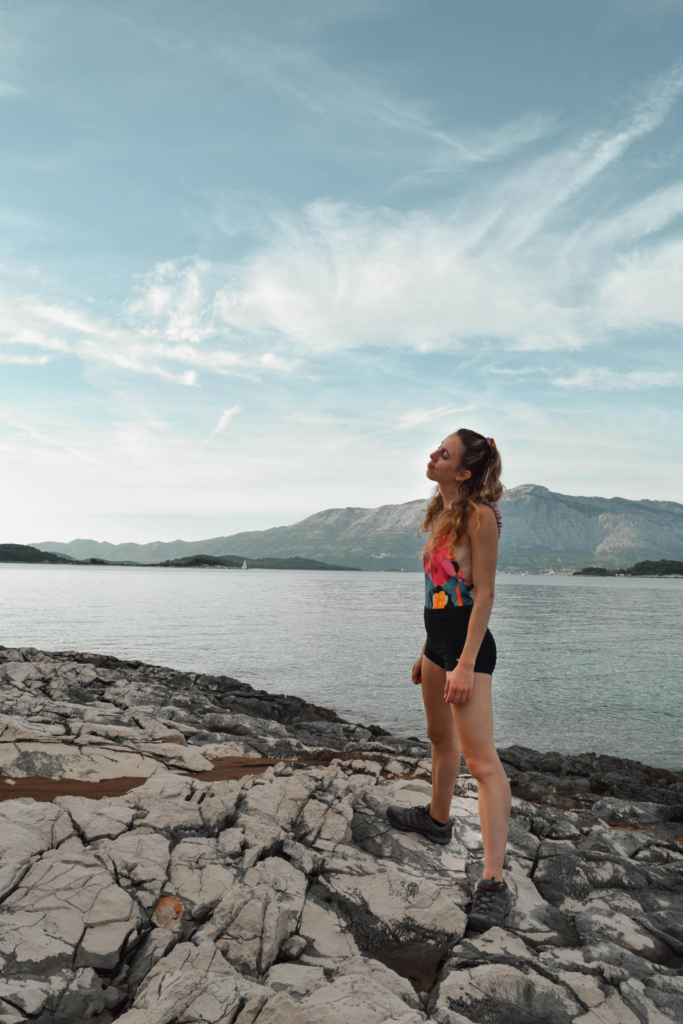
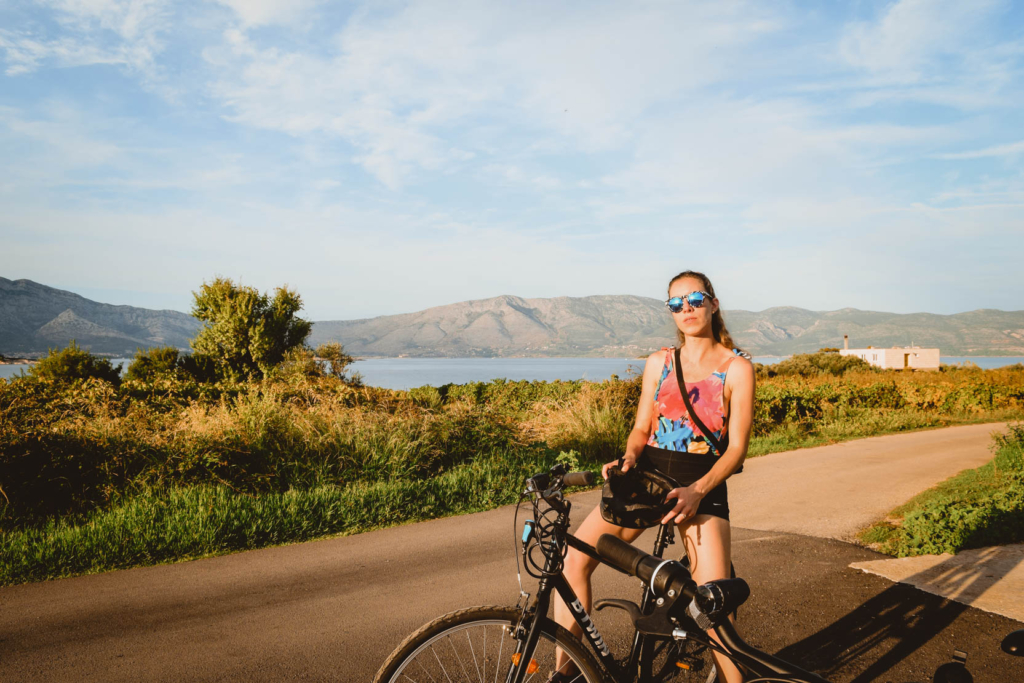
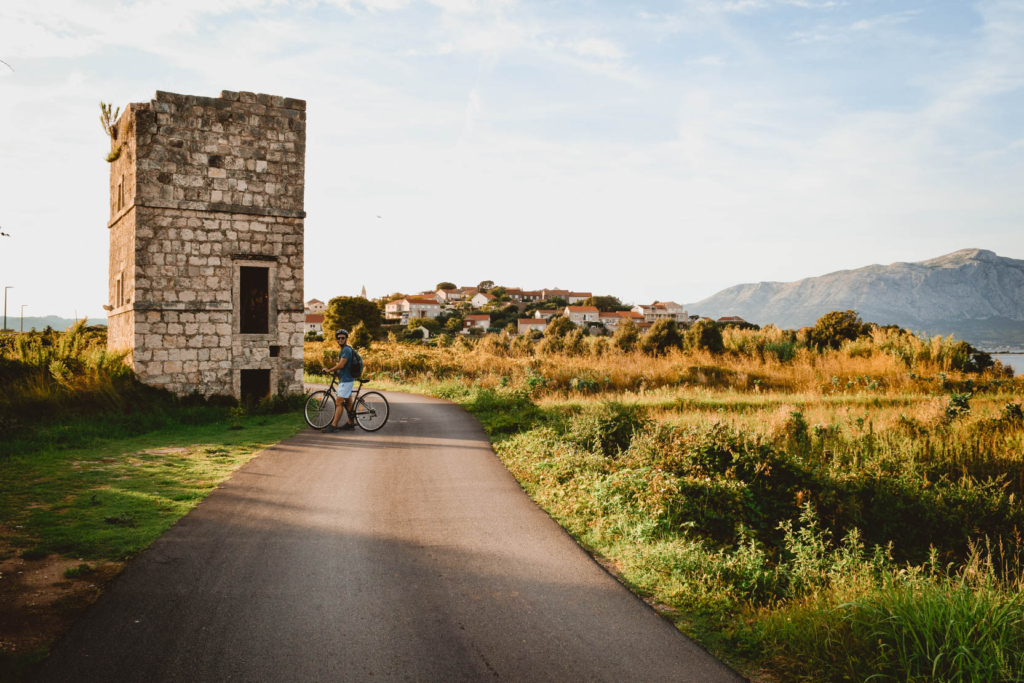
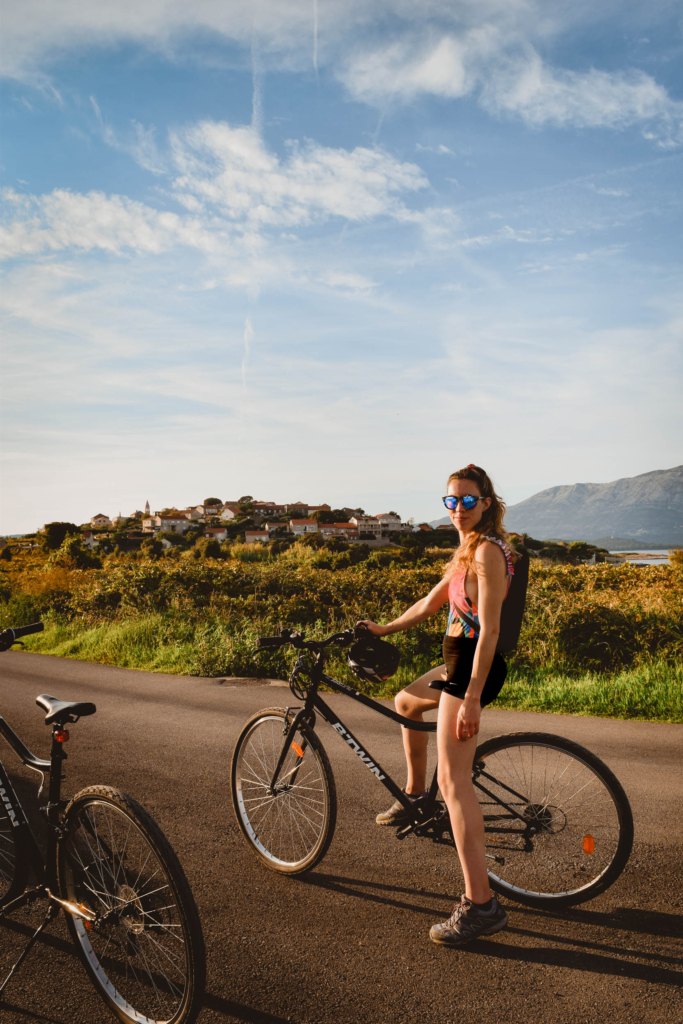
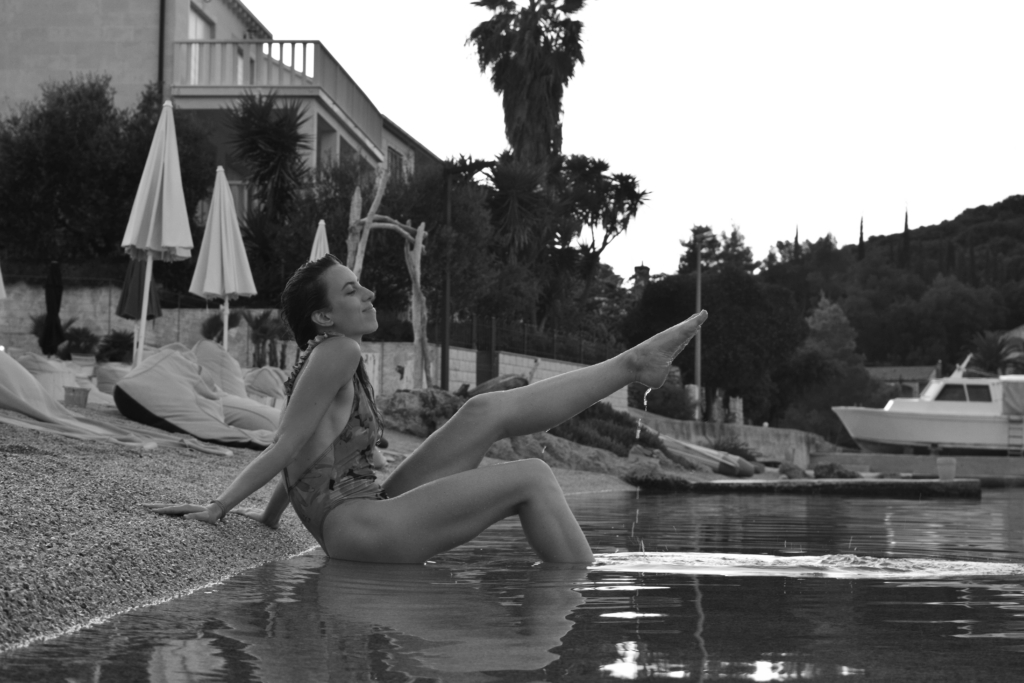
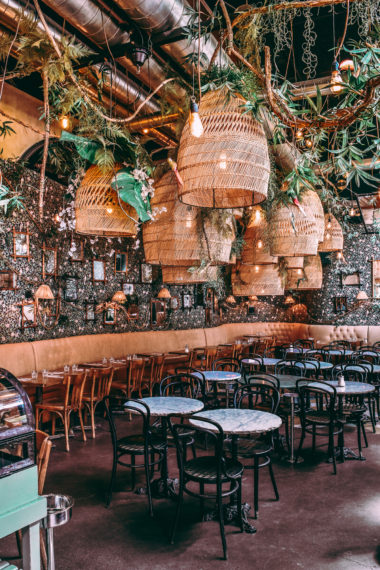
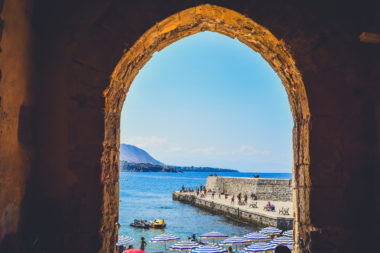
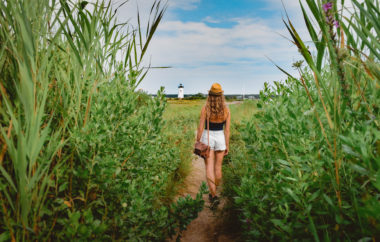
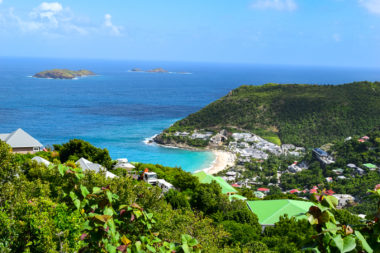
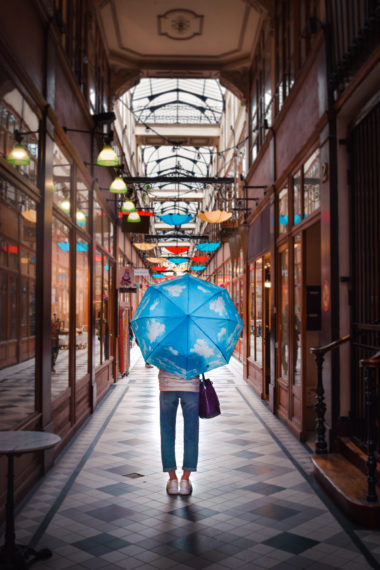
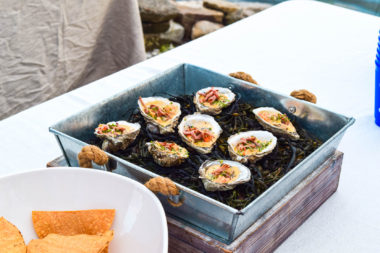

1 comment